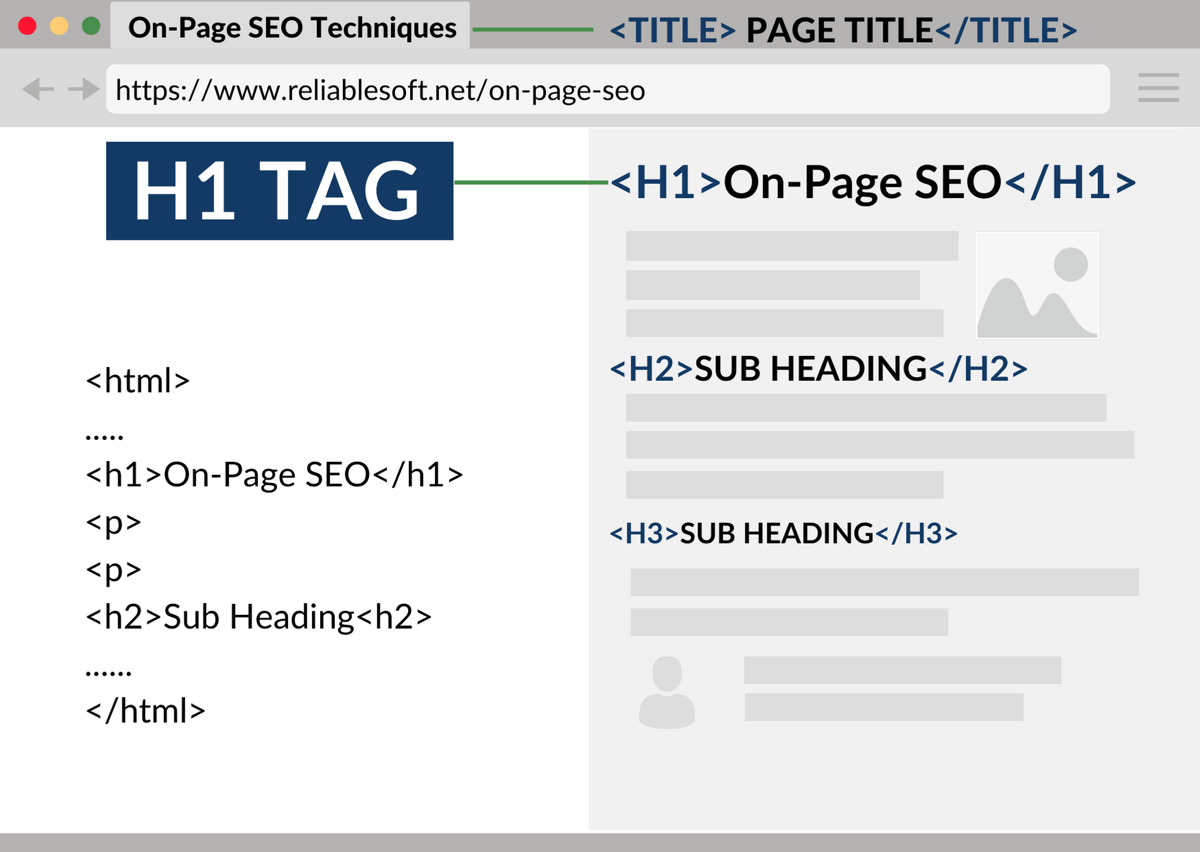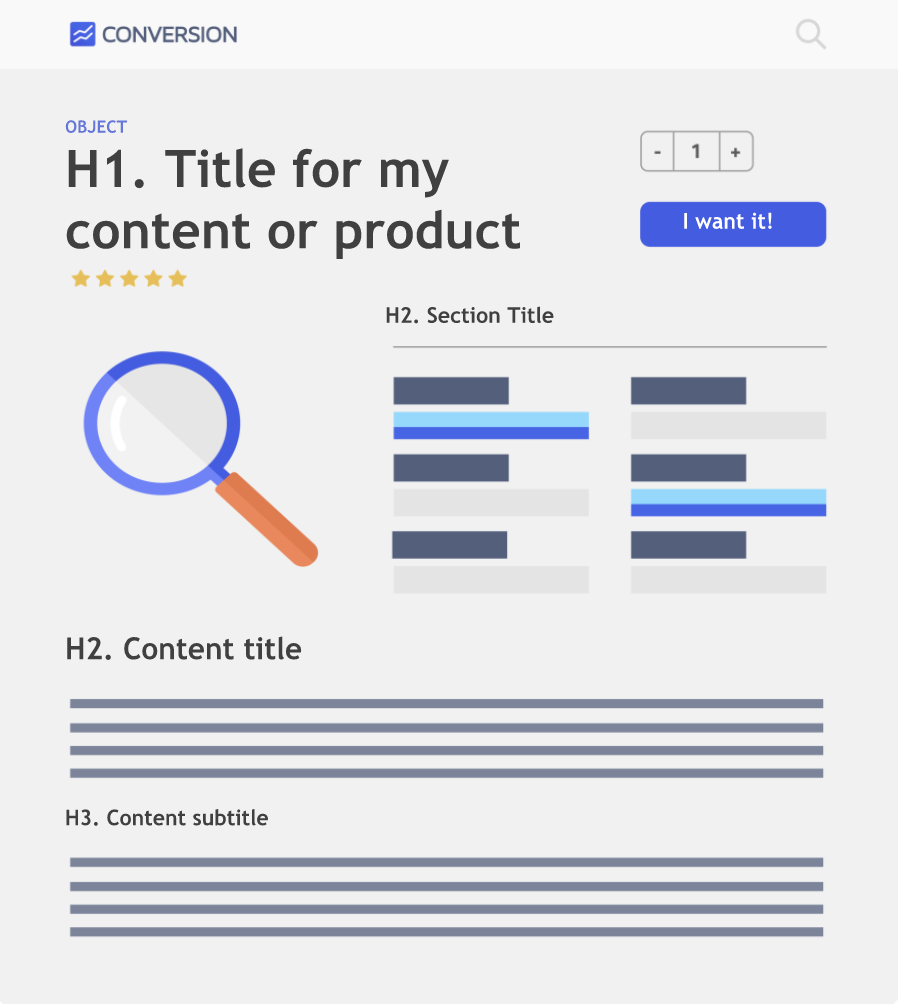
In the ever-evolving world of digital marketing, search engine optimization (SEO) remains a critical factor in driving organic traffic and improving online visibility. One of the most effective yet often overlooked strategies for enhancing SEO is the strategic use of subheaders—specifically H2 and H3 tags. These headers not only improve the structure of your content but also play a significant role in how search engines interpret and rank your web pages.
As Google’s algorithms become more sophisticated, they increasingly prioritize user experience, readability, and content relevance. This makes it essential for content creators to understand how to use subheaders effectively. Whether you’re writing a blog post, a product description, or an article, the way you structure your content with H2 and H3 tags can significantly impact your SEO performance.
This guide will walk you through everything you need to know about using subheaders to boost your SEO, from understanding their purpose to implementing best practices that align with current search engine trends.
What Is Subheaders (H2, H3) and Why It Matters
Subheaders, also known as subheadings, are HTML elements used to break up content into logical sections. In terms of SEO, H2 and H3 tags are particularly important because they help both users and search engines navigate and understand your content more effectively.
Understanding the Hierarchy
- H1: The main title of your page or post. There should be only one H1 tag per page.
- H2: Secondary headings that divide your content into major sections.
- H3: Sub-sections under H2 headings, providing further detail on specific topics.
These headers form a hierarchical structure that helps search engines determine the importance of different parts of your content. Proper use of H2 and H3 tags ensures that your content is well-organized, which improves both user experience and SEO performance.
Why They Matter for SEO
Search engines like Google use headers to assess the relevance and quality of your content. When you include targeted keywords in your H2 and H3 tags, you signal to search engines what your content is about. This increases the likelihood of your page appearing in search results for those keywords.
Moreover, headers make your content more scannable for readers. With attention spans shrinking, users often skim through articles to find the information they need. Well-placed subheaders guide them to the relevant sections quickly, reducing bounce rates and increasing engagement.
How Subheaders (H2, H3) Impact SEO Performance
The strategic use of H2 and H3 tags can have a measurable impact on your SEO performance. Here’s how:
1. Improved Content Relevance
Search engines prioritize content that is well-structured and easy to understand. By using H2 and H3 tags, you create a clear outline of your content, making it easier for search engines to identify the key topics and themes.
2. Enhanced User Experience
A well-organized article with appropriate subheaders is more likely to keep readers engaged. Users are more likely to stay on your site if they can easily find the information they’re looking for. This leads to longer dwell times, which is a positive ranking signal for search engines.
3. Better Keyword Optimization
Including primary and secondary keywords in your H2 and H3 tags helps search engines associate your content with those terms. However, it’s important to use keywords naturally and avoid overstuffing. A good rule of thumb is to include your main keyword in at least one H2 heading and a couple of H3 subheadings.
4. Increased Click-Through Rates
When your content appears in search results, well-crafted subheaders can make your snippet more appealing. If your H2 or H3 tags clearly address the user’s query, it increases the chances of them clicking through to your site.
Step-by-Step Implementation Framework
Implementing H2 and H3 tags effectively requires a structured approach. Follow these steps to optimize your content:
1. Define or Audit the Current Situation
Before you start, analyze your existing content to see how well it’s structured. Look for opportunities to add or refine subheaders. Tools like Screaming Frog or Ahrefs can help you audit your site’s header structure.
2. Apply Tools, Methods, or Tactics
Use tools like Yoast SEO, SurferSEO, or SEMrush to identify keyword opportunities and ensure your headers are optimized. These tools can also help you check for keyword density and suggest improvements.
3. Measure, Analyze, and Optimize
After implementing your subheaders, monitor your content’s performance using Google Analytics and Search Console. Track metrics like bounce rate, dwell time, and organic traffic to see how your changes affect your SEO. Continuously refine your strategy based on data.
Real or Hypothetical Case Study
Let’s look at a hypothetical example of how using H2 and H3 tags can boost SEO performance.
Scenario: A travel blog wants to increase traffic to its article on “Top 10 Destinations to Visit in Europe.”
Before Optimization:
– The article has no subheaders, making it difficult to scan.
– Keywords like “Europe travel” are only mentioned once in the introduction.
After Optimization:
– The article includes H2 headings such as “Why Travel to Europe?” and “Best Time to Visit.”
– H3 subheadings like “Paris: The City of Love” and “Barcelona: A Cultural Gem” are added to provide detailed insights.
– Keywords are naturally integrated into the headers and content.
Results:
– Organic traffic increased by 40% within three months.
– Dwell time improved by 25%, indicating better user engagement.
– The article ranked higher for several long-tail keywords related to European travel.
Tools and Techniques for Using Subheaders (H2, H3)
To make the most of H2 and H3 tags, consider using the following tools:
- Yoast SEO – Helps analyze your content for keyword usage and header structure.
- SurferSEO – Provides insights on content structure and keyword clustering.
- Grammarly – Ensures your subheaders are grammatically correct and engaging.
- Google Search Console – Monitors your site’s performance and identifies issues with header tags.
- SEMrush – Offers keyword research and competitor analysis to guide your subheader strategy.
Future Trends and AI Implications
As AI continues to shape the future of SEO, the role of subheaders will become even more critical. With the rise of voice search and multimodal content, search engines are placing greater emphasis on structured data and semantic relevance.
AI-powered tools like Google’s Search Generative Experience (SGE) are designed to understand context and intent better than ever before. This means that well-structured content with clear H2 and H3 tags will be more likely to appear in featured snippets and other high-visibility positions.
To stay ahead, focus on creating content that is not only keyword-rich but also highly organized. Embrace AI tools that can help you optimize your subheaders for both humans and machines.
Key Takeaways
- Use H2 and H3 tags to organize your content and improve readability.
- Include targeted keywords in your subheaders to boost SEO performance.
- Maintain consistency in your header structure for a professional appearance.
- Monitor your content’s performance regularly and make adjustments as needed.
- Stay ahead of trends by leveraging AI tools to optimize your subheaders.
By mastering the use of subheaders, you can significantly enhance your SEO strategy and drive more organic traffic to your website. Start implementing these best practices today and watch your content rise in search rankings.
Meta Title: How to Use Subheaders (H2, H3) to Boost SEO
Meta Description: Learn how to use H2 and H3 subheaders to improve your SEO, enhance readability, and boost search rankings.
SEO Tags (5): SEO tips, subheader optimization, H2 H3 tags, content structure, SEO best practices
Internal Link Suggestions:
– [Parameter #1]: On-Page SEO Strategies
– [Parameter #2]: Content Writing for SEO
– [Parameter #3]: Keyword Research Techniques
External Source Suggestions:
– https://support.google.com/websearch/answer/86117
– https://www.searchenginejournal.com/seo-header-tags/
– https://yoast.com/seo-content/











